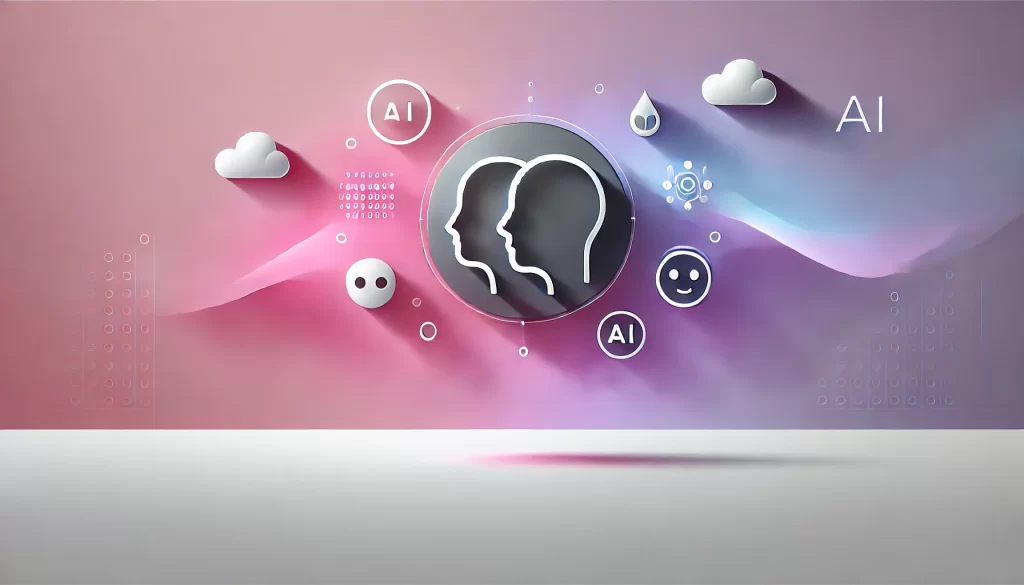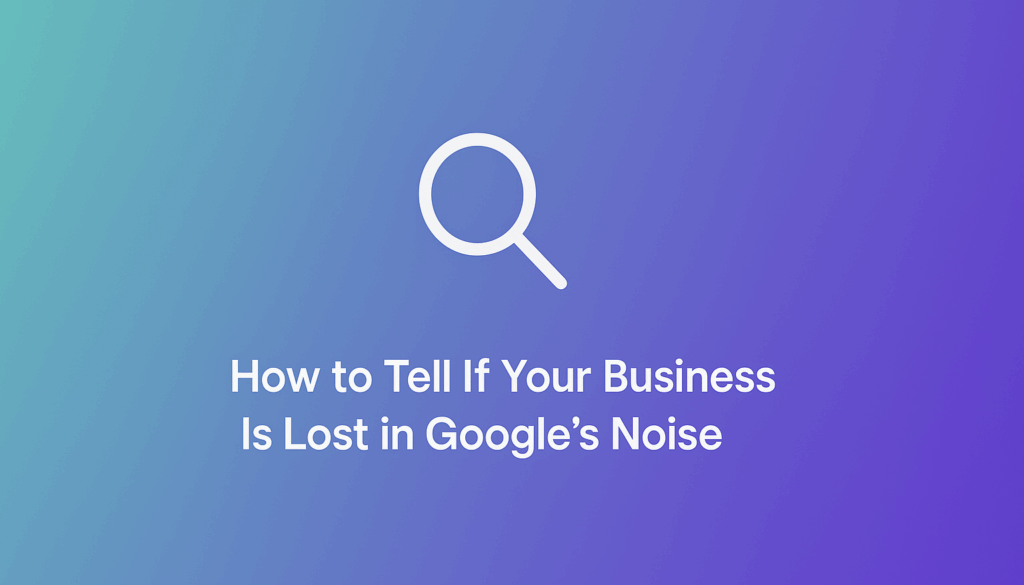With remote work on the rise, video conferencing has quickly shifted from a luxury to a lifeline, connecting teams across distances. Daily video conferences now connect over 300 million people. The face of human connection has changed irrevocably as our work and personal lives have become inextricably linked in ways we never thought possible.
Video conferencing platforms today do much more than enable screen-to-screen chats. These AI-powered tools provide up-to-the-minute translation, suppress background noise, and create virtual backgrounds automatically. Meeting transcriptions happen instantly, too. Advanced AI capabilities help the best video conferencing software redefine the limits of virtual interactions to make them feel natural.
Contents
The Evolution of Human Connection in the AI Era
AI and virtual technologies have altered the map of human connection. The metaverse has grown from an idea of the future into something real, where virtual and physical worlds naturally combine. Gone are the days of traditional interactions – in today’s digital landscape, we’re rewriting the rules of engagement, from collaborating with colleagues to forging lasting relationships.
From text to immersive virtual spaces
Simple text-based communication has given way to immersive virtual environments. Modern virtual spaces now feature:
- AI-powered avatars that mimic human facial expressions and gestures in up-to-the-minute data
- Intelligent NPCs (Non-Playable Characters) that provide dynamic responses
- Translation and accessibility tools that work in real-time for inclusive communication
How AI is redefining social interaction
AI algorithms have changed the way people connect online. 65% of organizations use generative AI in their operations. Suddenly, interactions feel more accurate, more alive, when advanced technologies step in, empowered by features like sentiment analysis and facial recognition that carefully dissect our emotions and physical reactions. Say goodbye to generic information; virtual meetings deliver targeted insights and expertise that cater to each individual’s needs. Biases don’t stand a chance, so learners get inspired to engage more fully.
Psychological Impact of AI-Mediated Communication
AI is fundamentally changing how humans communicate psychologically in virtual environments. A surprising advantage of AI has emerged: by interacting with it, our emotional intelligence and communication abilities significantly lift. As a result, teams become more efficient, productive, and empathetic.
Effects on emotional intelligence and empathy
AI-mediated communication shows great potential to develop emotional intelligence capabilities. Numerous studies have driven home the point that Emotional smarts are what really count these days. More important than intelligence or technical prowess for climbing the corporate ladder is practical smarts. Modern video conferencing platforms now use AI tools that can:
- Give instant feedback on emotional tone
- Improve interpersonal interactions
- Lower communication-related stress
- Aid objective conflict resolution
Digital wellness and mental health considerations
AI in virtual spaces brings new possibilities to mental health support. As the data reveals, You’ve got a permanent sidekick with AI-based services, working around the clock to lend a hand. People can take control of their emotional well-being using techniques crafted to their individual needs. Gone are the days of feeling isolated – virtual hangouts have morphed into indispensable tools, bridging the gaps between people worldwide. 72% of user interactions show positive sentiments in these spaces.
Crafting real relationships online takes skill, but it’s worth the effort.
Building genuine relationships online takes more than just swapping messages – it requires a thoughtful strategy. Hooking up with virtual reality can literally shift our emotional radar, and that spells more compassion, more kindness, and more willing listeners. Companies that use AI-powered video conferencing solutions report improved team collaboration through automated task management. A lower-stress workload equals happier employees who stick around longer.
Breaking Down Social Barriers Through AI
AI is changing how people connect across language and cultural barriers in virtual environments. Studies reveal that 75% of consumers prefer customer service in their native language. Today’s fast-paced world demands more efficient communication – that’s where AI comes in.
Overcoming language and cultural differences
Video conferencing platforms now use AI-powered translation tools that convert content into multiple languages while preserving cultural nuances. They’re more than just language analysts – they study the emotional undertones that color every sentence. Essentially, this is about speaking to people in a way that feels considerate, genuine, and relatable – not just conveying information but actually being heard. This technology is a game-changer for businesses that operate globally, offering unparalleled benefits that elevate their overall performance. Instant language conversion happens right before your eyes. Imagine coworkers from all over the globe clicking into place – that’s what this tool delivers.
Creating safe and supportive virtual communities
AI plays a vital role in promoting inclusive virtual environments while keeping communities safe. At MIT, some of the brightest minds in the business came together to develop Project Us. Virtual spaces started to feel a little more human when empathetic behaviors and inclusive language were encouraged, leading to some auspicious results. It’s like having a communication coach lurking in the background of your video meetings – the platform supervises, analyzes, and provides targeted tips to foster stronger connections. Balanced discussions emerge when everyone has a say, leading to healthier emotional ties.
Automated online patrols governed by machine intelligence: By establishing clear community guidelines, we create a secure environment that encourages users to share their content confidently. A two-step approach is taken, with detection systems weeding out suspect activity and human moderators wrapping up loose ends. Safety and acceptance define these areas, where everyone can feel at home.
Ethical Considerations in AI-Powered Interactions
With AI now an integral part of our online interactions, we must tackle the accompanying moral quandaries head-on and fast. Recent studies show that 68% of consumers globally worry about their online privacy. Additionally, 57% believe AI poses a most important threat to their privacy.
Privacy and consent in virtual spaces
AI-powered video conferencing platforms collect and use personal data, which creates the most important privacy issues. 81% of consumers worry companies might use their information in ways they disapprove. Private matters take a hit on today’s platforms, which struggle to keep our sensitive info under wraps.
- Data collection transparency
- User consent management
- Protection against unauthorized access
- Compliance with privacy regulations
Managing digital identity and authenticity
Deepfake technology and synthetic identities create new challenges in digital authentication. Virtual identity management grows more complex as AI-generated content becomes more challenging to distinguish from human-created content. Regarding virtual influencers and AI-driven conversations, honesty is the best policy – people appreciate knowing when AI is involved.
Conclusion
Virtual conversations have never been more intuitive, but they’re also completely upending the way we connect. Video conferencing platforms like FreeConference.com now include advanced features that improve emotional understanding and tear down language barriers. Inclusive digital spaces begin to take shape thanks to these innovative platforms. Users can connect more naturally and effectively while meeting significant accessibility requirements.
With tech in our corner, we can bridge the physical distance, but only if we prioritize building bridges between people – that’s where the magic of virtual connections happens. Privacy, digital wellness, and ethical considerations are tested as AI begins to dominate the dialogue in our daily interactions – a sea change we can’t afford to ignore. When we craft human-centered solutions that intelligently incorporate AI, the magic happens – not when machines substitute our persona. Virtual spaces leap forward with this approach, always buzzing with the latest technology and never disconnected.
Shahzad Ahmad Mirza is a web developer, entrepreneur, and trainer based in Lahore, Pakistan. He started his career in 2000 and founded his web development agency, Designs Valley, in 2012. Mirza also runs a YouTube channel, “Learn With Shahzad Ahmad Mirza,” where he shares his web programming and internet marketing expertise. He has trained over 50,000 students, many of whom have become successful digital marketers, programmers, and freelancers. He also created the GBOB (Guest Blog Posting Business) course, which teaches individuals how to make money online.




